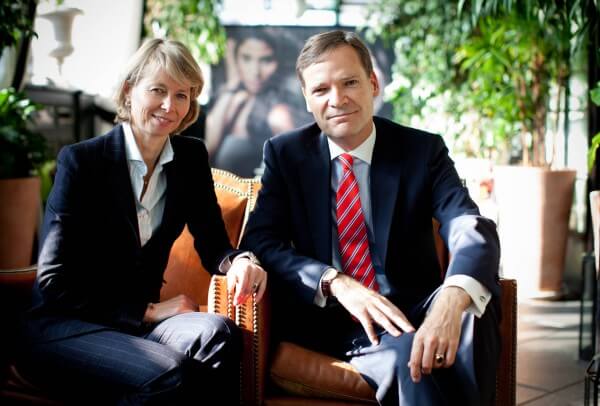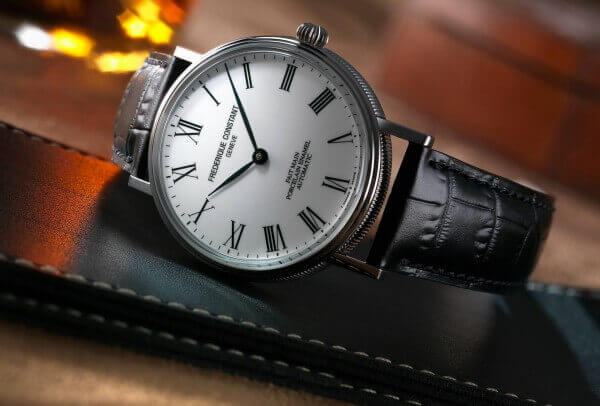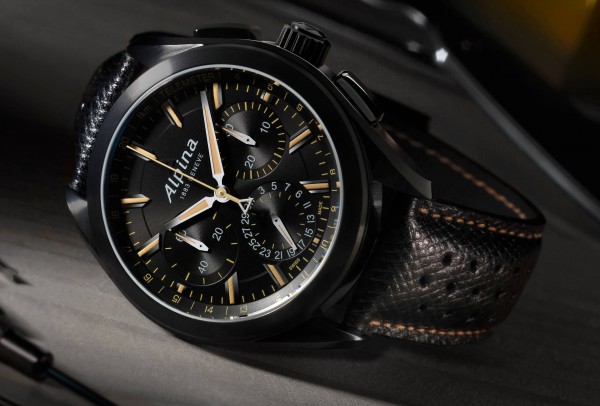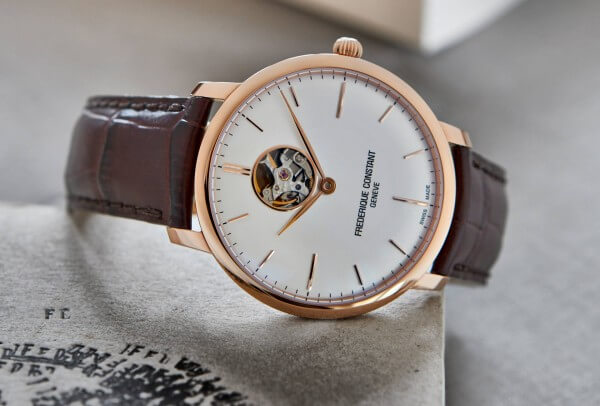The Swiss can breathe easy. A Deloitte report shows that the Alpine nation’s watchmakers continue to occupy the top spots among the world’s 100 largest luxury goods companies. Of the 11 Swiss firms to make the grade, all but one (Bally) are in the watch segment. Two make it into the top ten, with Richemont in second place thanks to sales of US$13.2 billion and Swatch Group in fifth place with sales of US$9.2 billion. They are followed by Rolex (5.5 billion – #11), Patek Philippe (#41), Chopard (#50), Audemars Piguet (#52), Frédérique Constant (#79) then Raymond Weil (#90). And because one good thing often leads to another, Breitling (#70) and Franck Muller (#75) make their first appearance in this hot one hundred. Karine Szegedi, Head of Fashion and Luxury for Deloitte in Switzerland, has this analysis: “The brand heritage of Swiss luxury watchmakers as well as their technical and design excellence are still top-of-class. As such, the barriers to entry for foreign brands remain high in the Swiss watch industry. Which in turn makes smaller Swiss luxury watchmakers interesting takeover targets.”

Wise words indeed, as a few days later news came that Frédérique Constant was to change hands, having been bought by Japan’s Citizen group for an estimated CHF 80 million. Aletta and Peter Stas, the Dutch owners who set up the brand in 1988, were clear about what prompted them to sell: “We had hoped that Frédérique Constant would remain an independent, family-owned group, but the second generation’s ambitions lie in other areas.” As Toshio Tokura, CEO of the multinational, observes, this acquisition enables Citizen Watch Group to “extend its portfolio of brands and strengthen its presence in a segment where certain of our competitors are active”. This isn’t the first takeover in recent years to reflect difficulties in passing the baton. Girard-Perregaux and Ulysse Nardin became part of Kering after the death of their mentors, respectively Luigi Macaluso and Rolf Schnyder. When a stock deal gave LVMH control of Bulgari, this was essentially due to a lack of interested parties among the descendants of Sotirio Bulgari.

A winning partnership?
With Frédérique Constant now part of the fold, Citizen digs a little deeper into Swiss soil. The Japanese group was already in the news when in 2012 it bought Prothor Holding, owner of movement manufacturer La Joux-Perret in La Chaux-de-Fonds, high-end watch brand Arnold & Son, and Prototec, a parts manufacturer. Making further inroads, last year it revived Angelus, a reference that had laid dormant since the 1970s. One of the last remaining independent brands still on the market, prior to its sale, Frédérique Constant, which also owns sport watch brand Alpina and the more exclusive Ateliers de Monaco, has built its success on affordable luxury timepieces. Annual production totals some 150,000 watches, some of which are fitted with in-house movements featuring silicon technology. The Geneva-based firm, whose head office is just a short distance from Vacheron Constantin, Piaget and Rolex, was also one of the first to propose its own connected watch via the 3,000 points of sale in its distribution network.

All of which suggests Citizen has netted a deal. According to Bank Vontobel, Frédérique Constant realised CHF 190 million in turnover in 2015, which puts it ahead of Richard Mille (185 million) and La Montre Hermès (175 million). The brand has also marked its territory in the smartwatch market, having sold some 16,000 of its Horological Smartwatches last year, a product that combines a traditional “watch face” display with health and fitness-oriented functions, not forgetting the distinct advantage of a two-year battery life. “After careful study and extensive discussions, we were increasingly impressed by Citizen group’s innovative technologies,” say Aletta and Peter Stas. The promise of further growth for Frédérique Constant? One thing is for sure: the Geneva firm has found a first-class partner in Citizen and its US subsidiary Bulova, with turnover of CHF 1.5 billion in 2015. Swiss and Japanese watchmakers have buried the hatchet once and for all.

















